by Martin Green
Maserati, bearer of the mighty trident from Modena, recently introduced the very first SUV in the brand’s history with the Levante.
Why? Because evolution is essential to survival.
When the climate changes, it is often time to either adapt or perish. In this light, it is not so strange that more and more premium car brands want a slice of the SUV market’s pie.
Where once sleek, powerful, and often large sedans demonstrated the wealth of their owners, those same families now step via foldable running boards into the realm of a car that appears to be manufactured to withstand everything a potential doomsday could toss at them.
“Appears” is the key word here, because the modern-day SUV has migrated quite far from the original concept of all-terrain vehicle. These vehicles are far more powerful and far more comfortable, yet, with only a handful exceptions, manufacturers recommend not taking them not further off-road than that unpaved path next to the stables.
Many brands still try to convince consumers that they can conquer the world with their SUVs, but Maserati has chosen a different, and more honest, approach.
A different approach
Maserati may still not say it in so many words, but the brand does display the Levante in most of its advertising as a dynamic vehicle traveling on unpaved or snowy roads.
Not in the middle of nowhere, mind you, but on the way to glamorous resorts, flicking the sensual bodywork of the Italian beast with just enough road dirt to make it look even more impressive than it already is.
However, the Levante is most at home in the urban jungle, be it the boulevards of Monaco or driving at top speed on the Autostrada. This is also where the Levante excels, because with fifty-fifty weight distribution and the lowest center of gravity in its class, its handling has been carefully tailored to paved roads.
This was a very smart decision by Maserati, not only because the Italian brand has a reputation to uphold, but also because the competition in the luxury SUV market is fierce.
BMW holds a strong position with the X5. And let’s not forget the Porsche Cayenne, which has had such an impact on the sales of the German sports car manufacturer that in some countries the Porsche SUV has almost become a more common sight on the road than the 911!
Styling is strong in this one
Styling has always been a strong point of Maserati (with a short period in the 1980s that we will ignore), and the Levante does not veer from that. Its front is especially impressive; its grille looks like the teeth of a whale shark, trying to suck in as much air as possible to aid the combustion process under the hood.
The narrow headlights make the overall design all the more impressive.
The Levante is a car that will get noticed when it shows up in the rearview mirrors of another car that just happens to be in its way.
It wears its bodywork like a tailored suit from Ermenegildo Zegna: powerful, yet with a certain flair that is not all business. The pronounced hips at the back of the car make it look slightly like a Buick Enclave or an Infiniti from certain angles.
At the back, these hips provide some extra room for the rear lights that show its family resemblance to the Gran Turismo.
Under the bonnet the Levante shares the most resemblance with the Ghibli: it’s powered by the same V6 engine, although marginally stronger in the Levante.
And its interior will remind many of Maserati’s midsize sedan, though the seats have been redesigned for more comfort, with its combination of beautifully stitched leather and wood accents in true Italian fashion.
That is, of course, one of the unique advantages of the Levante: while its German competitors stumble over each other to bring a slightly different flavor to accustomed German design, the Levante is the only luxury SUV from Italy. And it is very unlikely that this will change any time soon.
Lamborghini might still turn its Urus prototype into a production car, but it would without a doubt carry a price tag that is at least double that of the Levante. The remaining Italian car producers are all owned by Fiat/Chrysler, just as Maserati is, so there is no risk of unexpected SUVs popping up unless Fiat Chrysler Automobiles CEO Sergio Marchionne thinks that some inner group competition would be beneficial – which is doubtful.
Maserati really did justice to its first foray into the SUV market with the Levante. First previewed some 13 years ago as a prototype, the Italian brand expertly used the time well to perfect the car.
There is, of course, only one question left: what about Maserati’s famed V8? This engine will indubitably be very welcome in some markets, and word is that Maserati already has made some prototypes with this engine powering the Levante, so it seems to be only a matter of time.
Is it worth waiting for? Only if the roar of a V8 is what you crave, because in terms of performance and agility the V6 most certainly stands its ground.
For more information, please visit www.maserati.com/levante/the-maserati-of-suvs.
Quick Facts
Engine: twin-turbocharged and intercooled DOHC 24-valve V6, aluminum block and heads, direct fuel injection
Power: 345 or 424 hp (Levante S) @ 5750 rpm
Torque: 369 or 428 lb/ft (Levante S) @ 1750 rpm, standard 4-wheel drive
Transmission: 8-speed automatic with manual shifting mode
Acceleration: 0-100 km/h in 6.0 seconds or 5.2 seconds (Levante S)
Top speed: 251 km/h or 264 km/h (Levante S)
Expected base price: Levante $74,000; Levante S $85,000


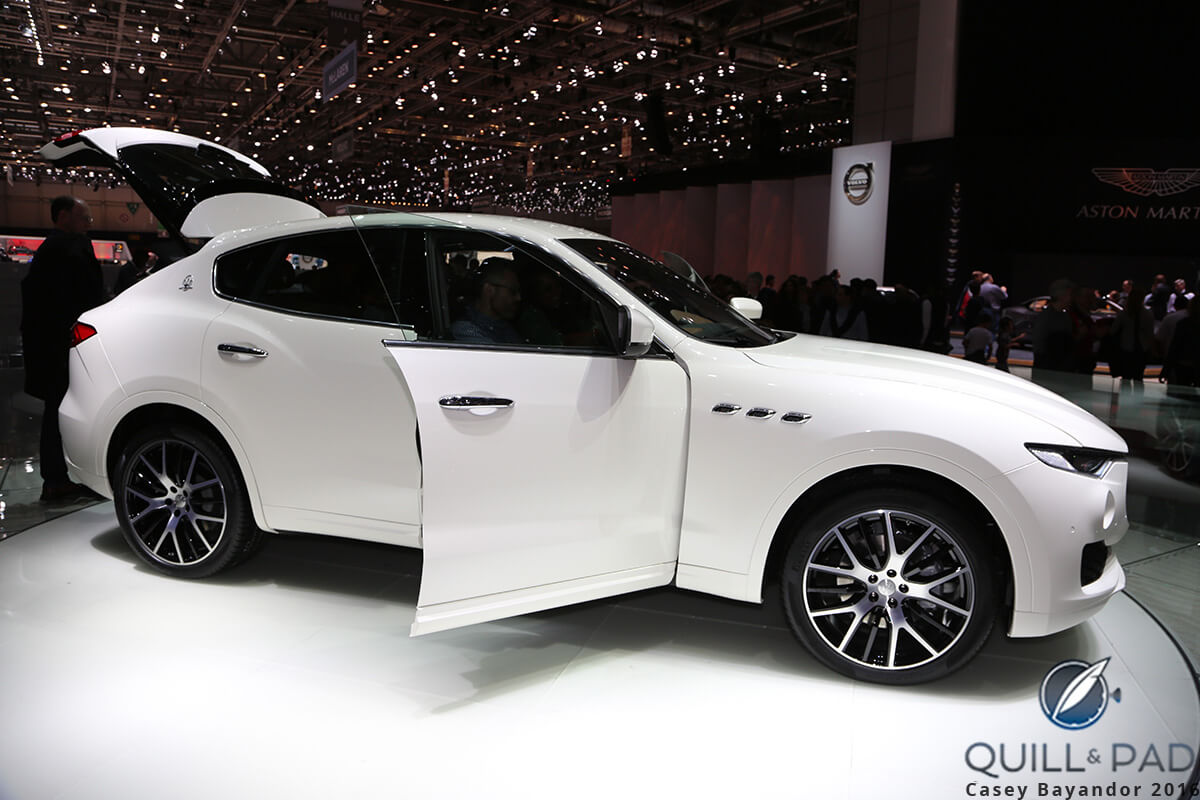
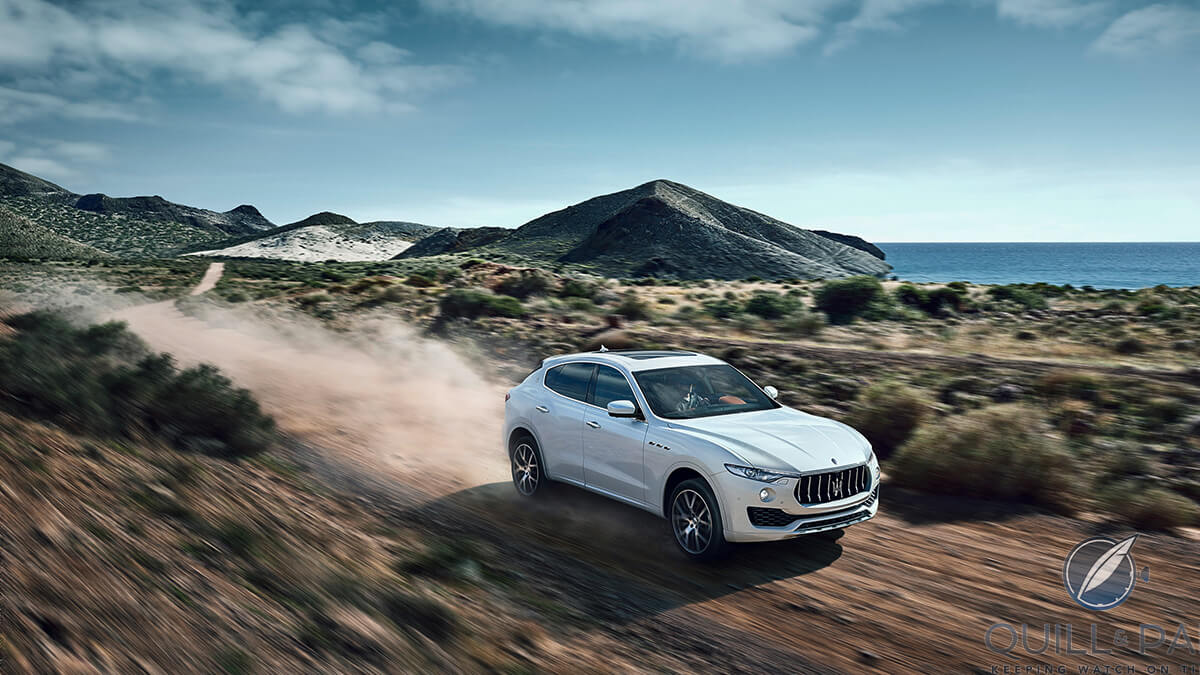
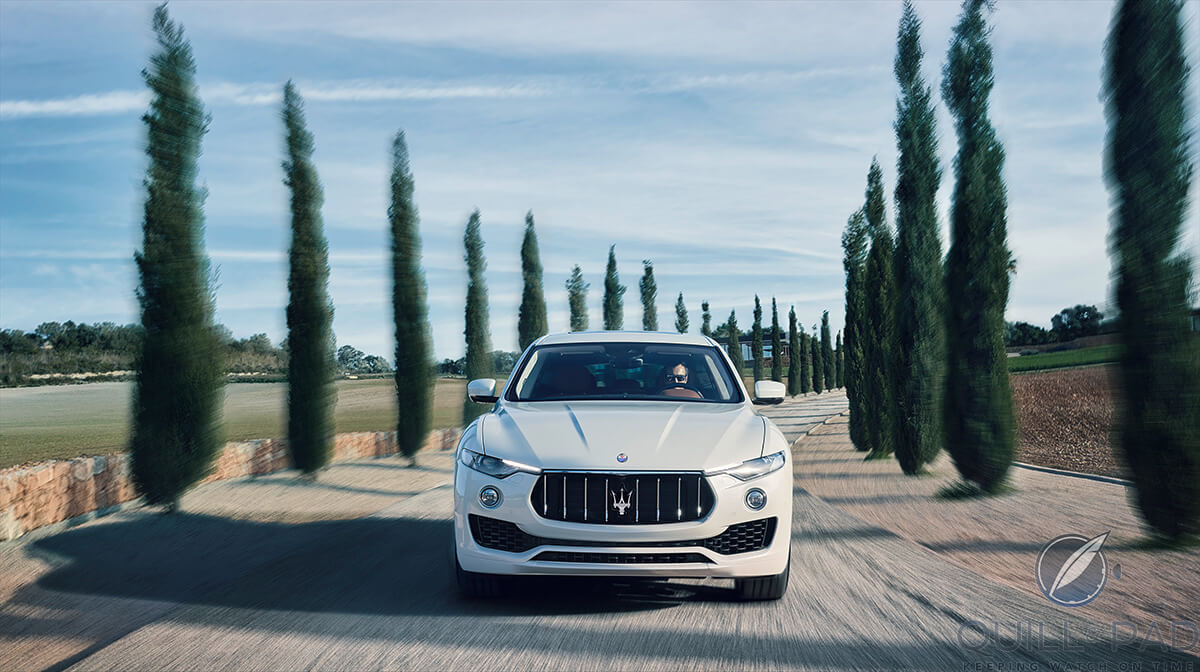
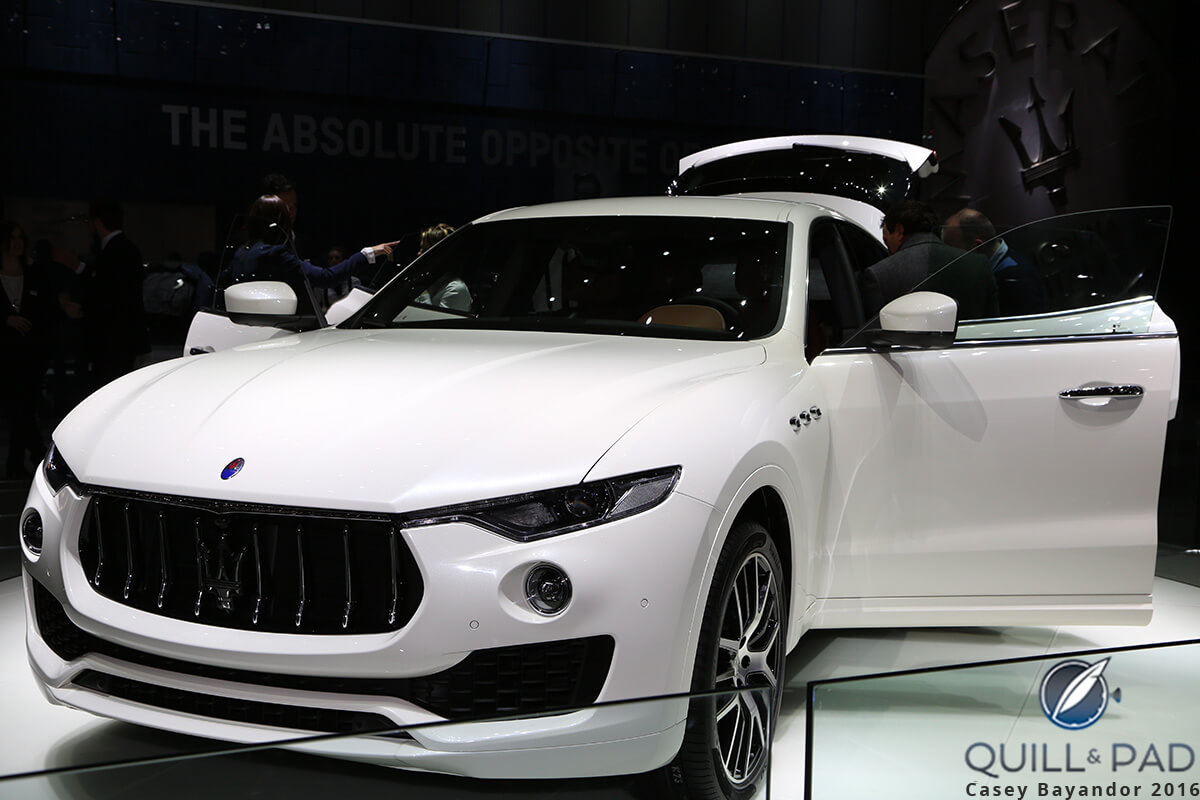
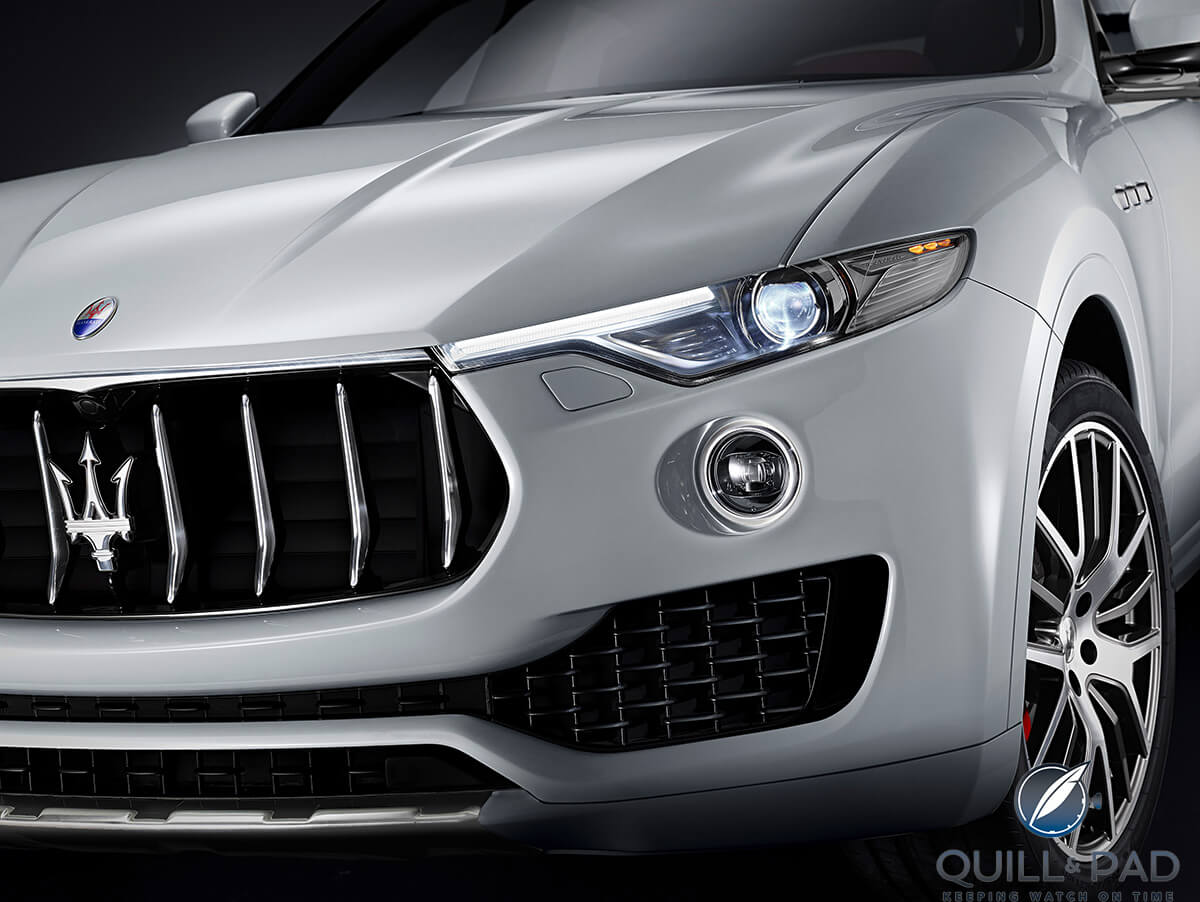
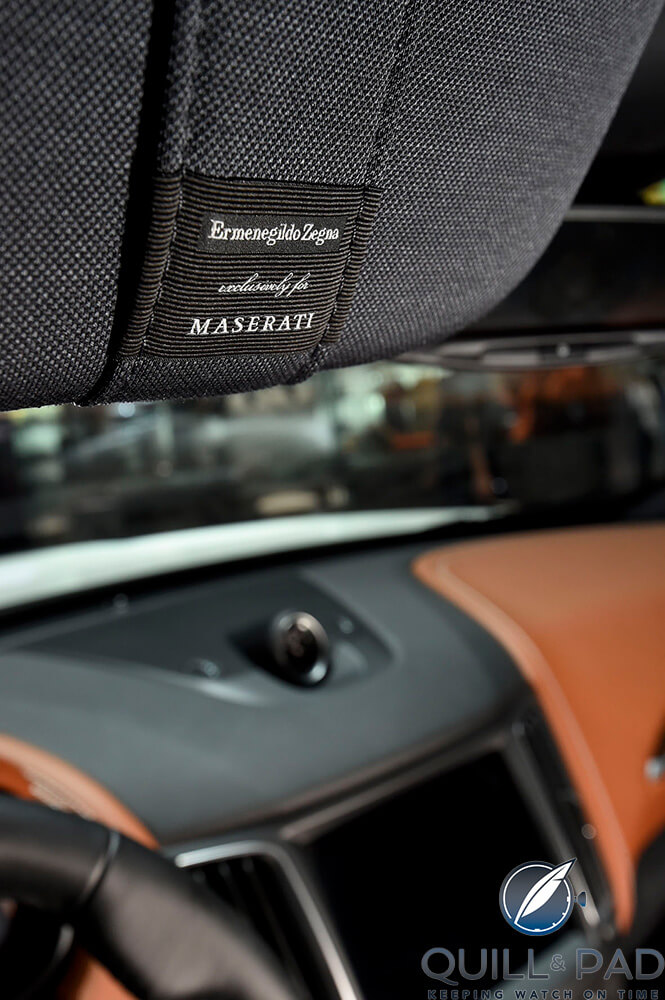
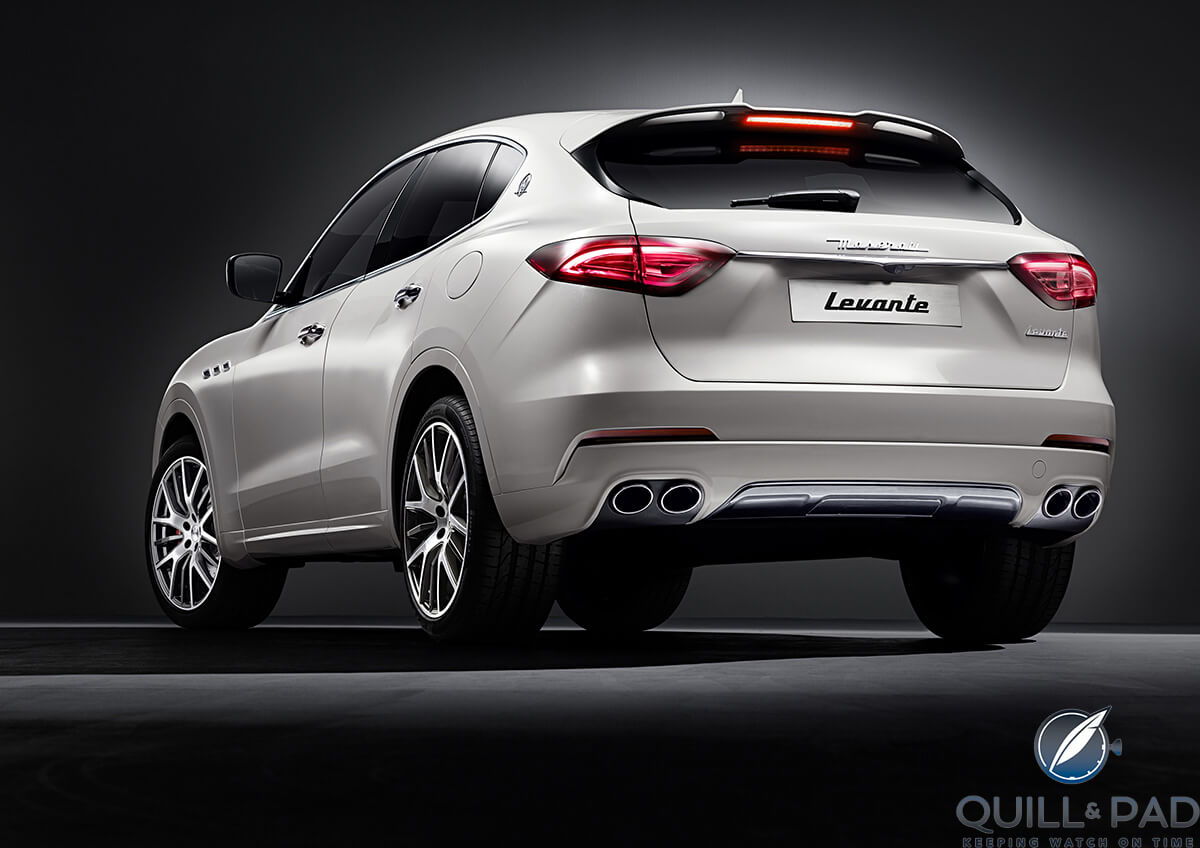
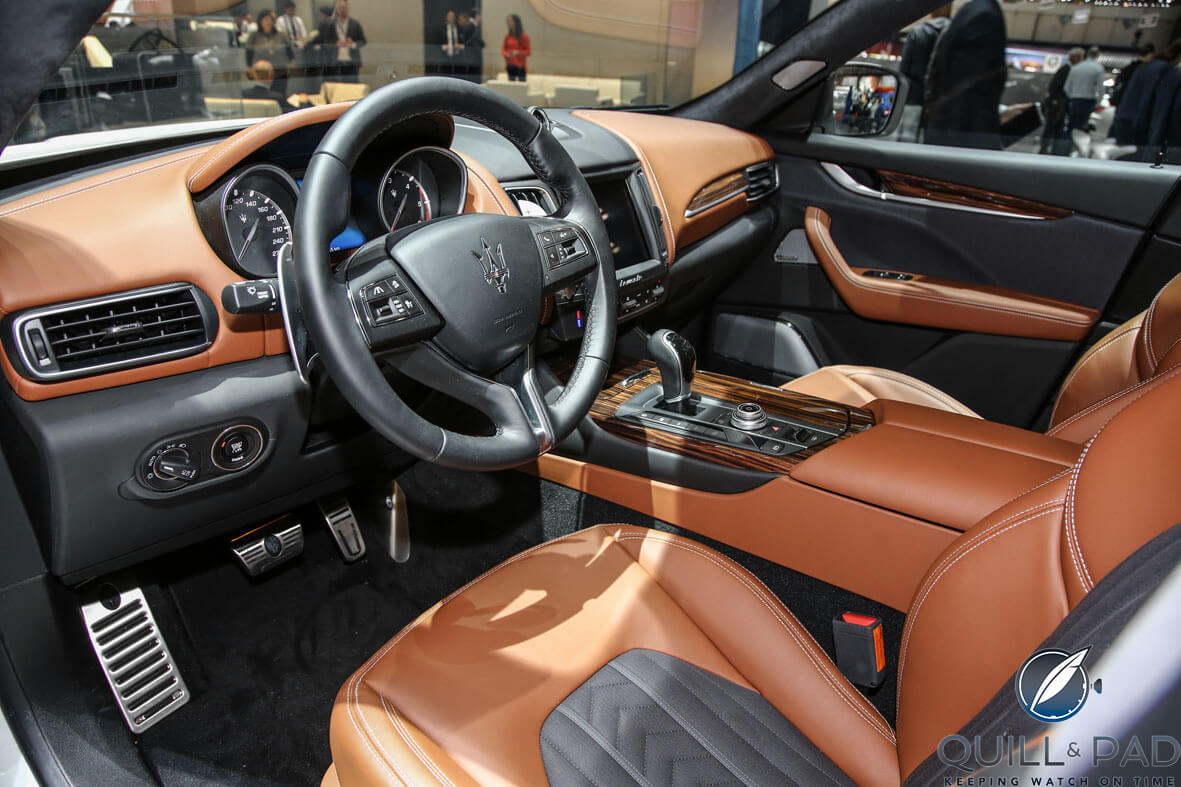
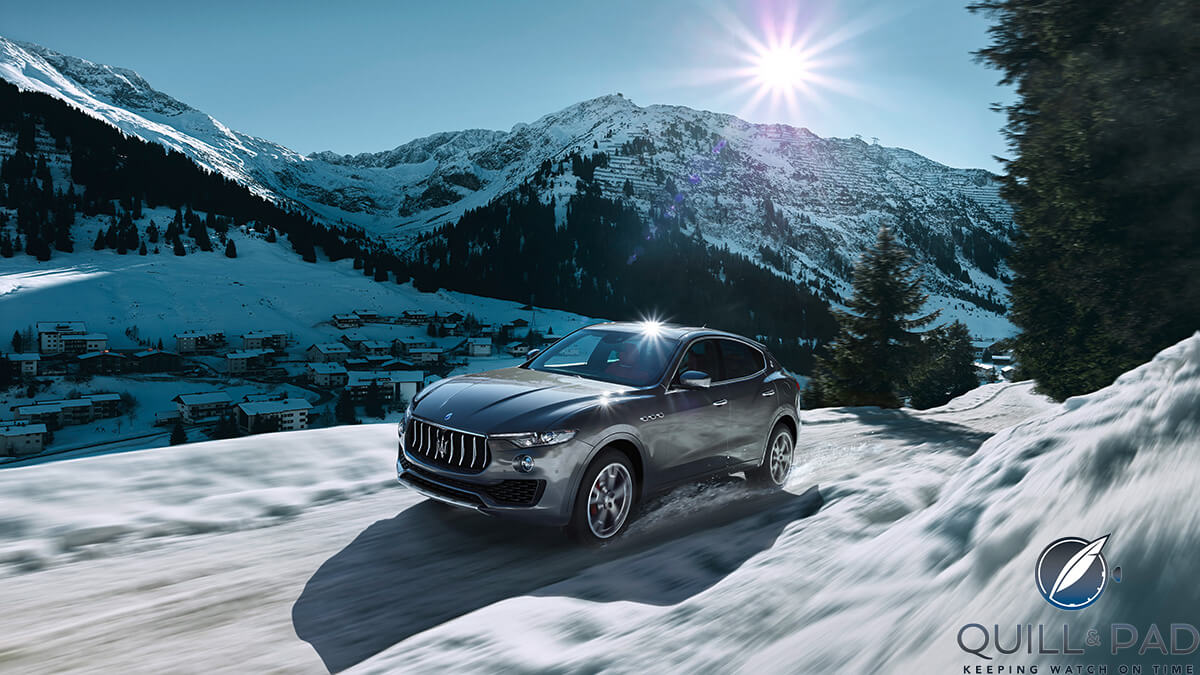
Trackbacks & Pingbacks
[…] the LM002 is the forefather of not only the Urus but also the Bentley Bentayga, Porsche Cayenne, Maserati Levante, and Jaguar F-Pace just to name a few, as it combined an off-road vehicle with incredible […]
[…] When it comes to SUVs, every single niche has been filled three times over now: we have coupe-styled SUVs, supercar SUVs, convertible SUVs, SUVs that can actually get dirty, and everything in between (see Maserati Levante: A New Italian SUV Roars In The Urban Jungle). […]
[…] the Maserati Levante and the Bentley Bentayga I recently reviewed were truly impressive, and with the Jaguar joining […]
[…] in 2015 alone?), the Range Rover Autobiography too old-fashioned, the Maserati Levante (see Maserati Levante: A New Italian SUV Roars In The Urban Jungle) too small and underpowered, and the Mercedes-AMG 65 looking too much like a […]
[…] usually bashful of 4 liters. Where many reward automobile brands downsize their engines (even Maserati’s latest SUV now relies on V6 power) and use “exhaust-composers” (interior sound openings) or simply a […]
[…] a V8 engine just shy of four liters. Where most premium car brands downsize their engines (even Maserati’s latest SUV currently relies on V6 power) and use “exhaust-composers” (interior sound openings) or simply […]
Leave a Reply
Want to join the discussion?Feel free to contribute!